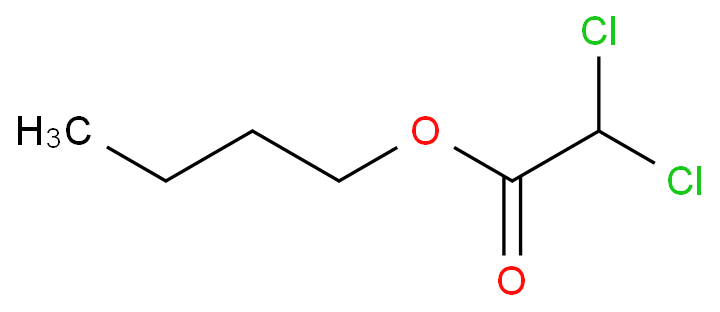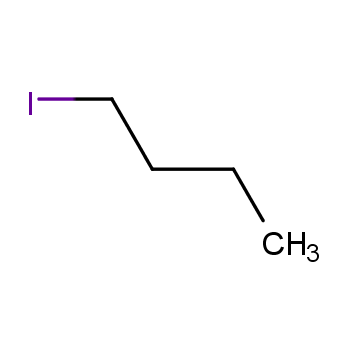Butyl Dichloroacetate (CAS 29003-73-4, C6H10Cl2O2), is a colorless liquid, widely used in the synthesis of organic compounds, with a strong odor, playing a crucial role in the pharmaceutical and chemical industries.
Butyl Dichloroacetate is primarily used as an intermediate in the production of various pharmaceuticals, agrochemicals, and specialty chemicals. It is commonly employed in the synthesis of esters, amides, and other organic compounds. Due to its reactivity and versatility, it serves as a valuable building block in the development of new drugs and chemical compounds.
With its unique chemical structure, Butyl Dichloroacetate exhibits special properties such as high stability and compatibility with a wide range of solvents and reactants. It is known for its ability to undergo various chemical reactions, including esterification, hydrolysis, and substitution reactions. These properties make it a valuable tool for chemists and researchers in the field of organic synthesis.
In the pharmaceutical industry, Butyl Dichloroacetate is utilized in the production of drugs such as antiviral agents, antifungal agents, and anticancer drugs. It is also employed in the synthesis of agricultural chemicals, including herbicides and insecticides. Furthermore, it finds applications in the production of specialty chemicals used in the manufacturing of dyes, fragrances, and flavors.
Overall, Butyl Dichloroacetate is a versatile compound with significant importance in the pharmaceutical and chemical industries. Its unique properties and wide range of applications make it an essential component in the development of various products, contributing to advancements in medicine, agriculture, and other application fields.
 EN
EN





 Manufacturer
Manufacturer
 Manufacturer
Manufacturer